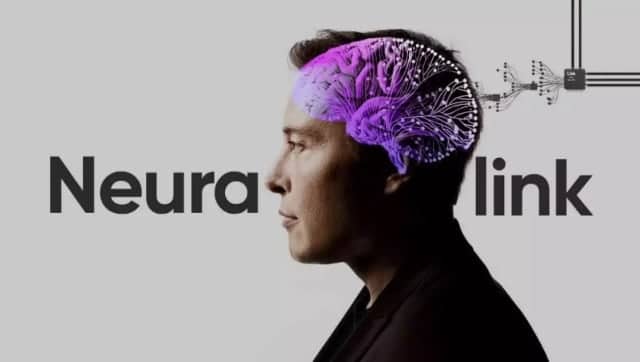Neuralink company founded by Elon Musk planted a wireless branch in a human being for the first time on 29th of January 2024.


The first human to receive the implant was “recovering well”, Elon Musk set on his social platform X.com the next day, those initial results showed promising “Neuron Spike Detection”.
Also revealed the name of the first product of Neuralink as “telepathy”. Also read: Elon Musk Neuralink
Telepathy promises that anyone would be able to control a computer or mobile device “just by thinking”, which means being able to connect without touching devices. For example, browsing the web and even playing games through the thoughts.
Neuralink’s first and foremost breakthrough medical application benefits the technology of those “who have lost the use of their limbs”.
Imagine if Stephen Hawking could communicate faster than a speed typist or auctioneer. That is the goal Elon Musk said on X.
In the long run, Musk wants to achieve symbiosis with artificial intelligence (AI) through Neuralink.
The straining factor in this highly ambitious case would be the bandwidth – how quickly the brain-computer interacts. The company seems to have settled on uplifting the bandwidth bar over time.
Why the prospect of getting a chip inserted into your brain is the stuff of a science fiction nightmare, often carrying the connotation of being controlled by another person or any entity, there is a lot of optimism which can be expected in Neuralink’s technology.
At the heart of its brain, is a “brain-machine interface” (BMI), called brain-computer interface (BCI) if the machine is a computer, which seeks to serve the unsolved medical needs of certain patients, especially those who have lost their vision, motor control, or speech or among other abilities.
BMI or BCCI is essentially a system that can understand and decode the intended movement signals from brain activity to be able to control external devices such as computers or mobile phones. It acts like a stand-in for the outside world and carries a tremendous benefit for people with cognitive disorders.
Let’s suppose “if you survive a heart disease or cancer, the odds are that you will have some brain-related disorders, like Alzheimer’s or dementia and if you don’t, the friends and the family will, for sure. I think unless we have some sort of brain-machine interface that can solve brain ailments of all kinds, whether it’s an accident or congenital or any kind of related disorders or spinal disorders – if you know somebody who has broken their neck, broken their spine – we can solve that with the chip” Musk said at the new link launch in July 2019.
Although a significant breakthrough in technology, Neulink follows decades of great technological advancements – from the cochlear implant of 1957 to the Utah array in 1991 to responsive neurostimulation for epilepsy in 2003.
Neuralink wants to take the entire operation to a level where a person comes for a brain chip implant, and a precise robotic surgeon gets to work on the patient. This person subsequently walks away with a chip in the brain within a few hours. The idea is to “make it simple and automated as LASIK” a laser eye surgeon that corrects vision.
There are broadly four major components to the Neuralink system – threads, robots, electronics and algorithms.
After the surgery, the implant will hide in the skin, and therefore be invisible to others.
Still, this feels like only the beginning of an open revolutionary journey for brain-computer interface. Over time, it might just change the course of human history, stretching human capabilities to the previously unidentified and unknown levels.
Suggested: AI vs Humans








